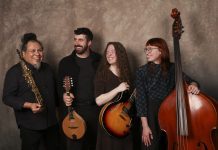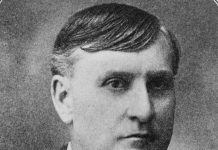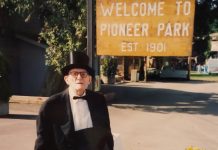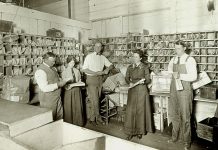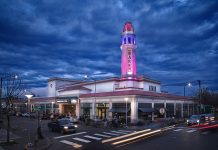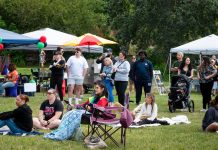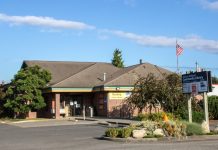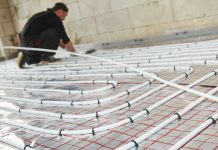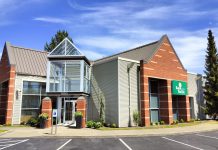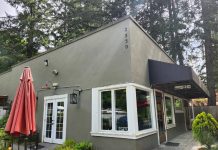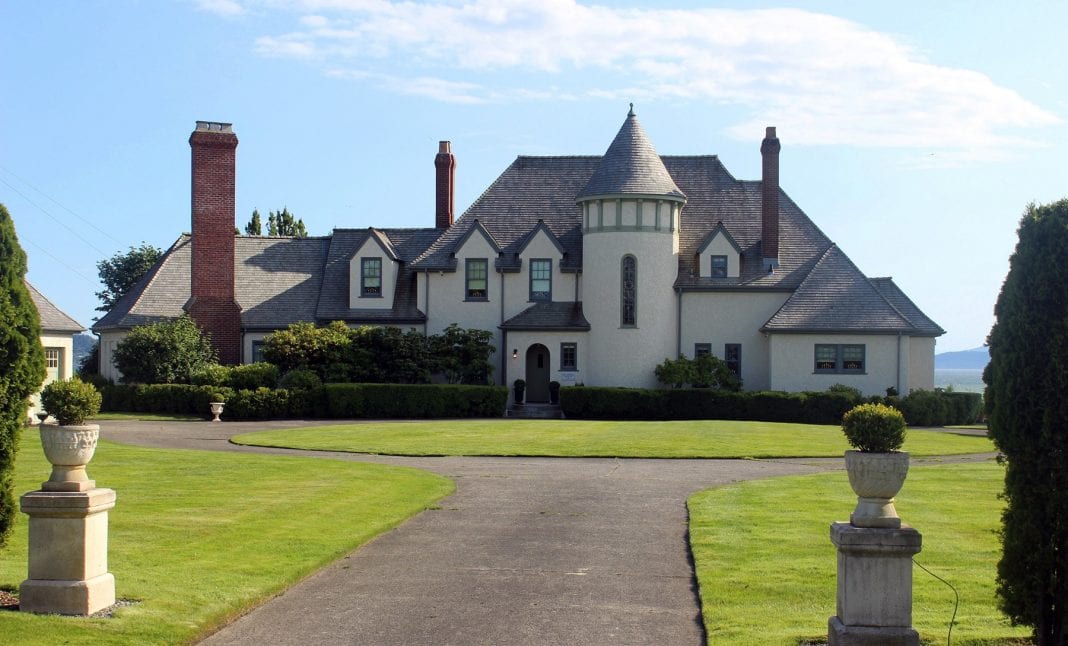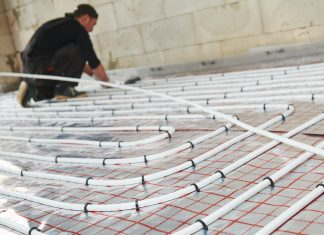Generally speaking, the difference between “house” and “home” is a matter of places versus people. Listings on the National Register of Historic Places acknowledge both places and the people who passed through them. In Bellingham, historic houses that exemplified Late Victorian architecture were home to city founders and prominent citizens.
Two historic Bellingham homes are now museums. Pickett House (910 Bancroft Street) became Bellingham’s first house in 1856, when George Pickett (later the Confederate general behind “Pickett’s Charge”) oversaw Fort Bellingham. Ownership frequently changed hands until its 1941 museum designation, now under Daughters of Pioneers. The Roeder-Peabody lumber mill provided its planks. Victor Roeder, son of mill and quarry owner Henry Roeder, built historic Roeder Home (2600 Sunset Drive) in 1910. Established 1971, its museum showcases Chuckanut sandstone and imported oak in Bracketed Gothic and American Stick architectural styles.
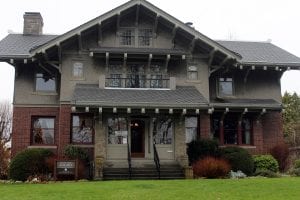
Other historic homes now primarily host guests. Fairhaven co-founder Charles Larrabee commissioned but died before the completion of Italian Renaissance-style Lairmont Manor (405 Fieldston Road). It became his family’s home in 1914, a Sisters of St. Joseph house in 1941, and an event venue since 1967. Bellingham has two Victorian-style homes turned bed-and-breakfasts in 1986: Jim Wardner’s “Castle” (1103 15th Street) built in 1890 and Robert I. Morse House (1014 N. Garden Street) built in 1895.
Still other houses remain homes, now as a century before.
Eldridge Historic District
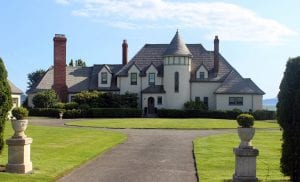
Most of Bellingham’s oldest mansions can be found in the Eldridge Historic District, bearing plaques of their construction dates. Henry Roeder and Edward Eldridge platted the district in 1881. Houses incorporate Queen Anne, Bungaloid, Neo-Classical, Shingle, and American Stick styles, expressed through Northwest timber, Chuckanut sandstone, and stained glass.
Eldridge “Castle” (2915 Eldridge Avenue) is the district’s most famous homesite. Edward Eldridge arrived in Bellingham from San Francisco in 1853 alongside Henry Roeder, becoming active in lumber milling, mining, teaching, and legislature. The Eldridge mansion’s early iterations burned in 1878, 1894, and 1907, so F. Stanley Piper (architect of the Bellingham National Bank Building) built the present French Chateauesque “castle” in 1926.
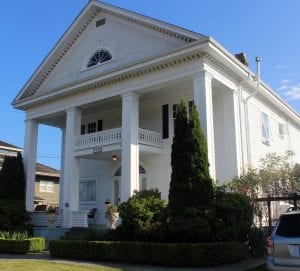
George Bacon House (2001 Eldridge Avenue) is also on the National Register. Designer Henry Bacon, cousin of local businessman and politician George Bacon, was the nationally renowned architect behind the Lincoln Memorial. The 1906 George Bacon House likewise displays the architect’s signature Classical Revival style.
Many locally significant figures socialized in the Eldridge Historic District. From his 1904 shingle-style residence (Handschy House 2331 Elm Street), F. F. Handschy founded Bellingham National Bank alongside Victor Roeder. The 1892 Canfield House (2215 Williams Street) and 1904 Hamilton House (1905 Eldridge Avenue) housed the local architects behind the Canfield Building and Flatiron Building, respectively. In Loggie House (2203 Utter Street), artist Helen Loggie created her nationally renowned etchings and prints.
Fairhaven Historic District
A historic district that was once a separate town, Fairhaven features several Victorian-era red brick buildings and distinguished mansions.
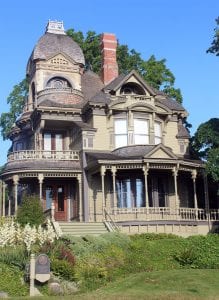
Gamwell House (1001 16th Street) is one of Bellingham’s most elegant Late Victorian homes. Working in insurance and real estate, Roland Gamwell commissioned architects Longstaff and Black from his native Boston to construct the home in 1890. Gamwell House features stained glass windows, a three-story oak staircase, and other woodwork by Italian artisans from Seattle. Gamwell House incorporated the most modern plumbing, electricity, and heating available, and some trees from Gamwell’s nursery survive today.
Literally and symbolically, Alfred L. Black House (158 South Forest Street) towers above the historic boundary of Bellingham and Fairhaven. Bellingham’s first mayor as a consolidated city, Alfred L. Black championed the 1903 incorporation of Fairhaven while its last mayor. That same year, architect Alfred Lee (behind Western Washington University’s Old Main and New Whatcom City Hall, now Whatcom Museum) built his house. The exterior displays a Richardsonian Romanesque style castellated gate of Chuckanut sandstone under a Queen Anne style tower.
Downtown and Sehome Historic Districts
In downtown Bellingham, two historic houses are now apartments. J. J. Donovan House (1201 Garden Street) originally belonged to Julius H. Bloedel, who sold it to his friend and Lake Whatcom Logging Company partner John Joseph Donovan in 1890. Donovan was instrumental in platting Fairhaven and operating Skagit River coal mines and Blue Canyon Mine. Lumber from his mill expresses the house’s Stick style architecture, with Tudor Revival ornamentation added later. J. J. Donovan House now hosts apartments and Health Centered Dentistry.
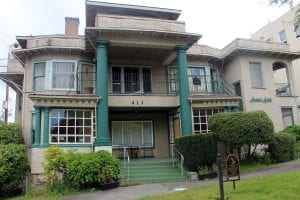
The Dr. William H. and Frances C. Axtell House (413 East Maple Street) has hosted apartments since 1926, befitting its long history of community building. Frances Axtell was one of the first women elected to the Washington House of Representatives and nearly became a United States Senator. Built in 1902, this Classical Revival style home hosted politicians, suffragists, and other prominent local personalities until Axtell moved in 1942.
When viewing these houses, kindly respect private ownership to ensure their preservation for greater posterity.





